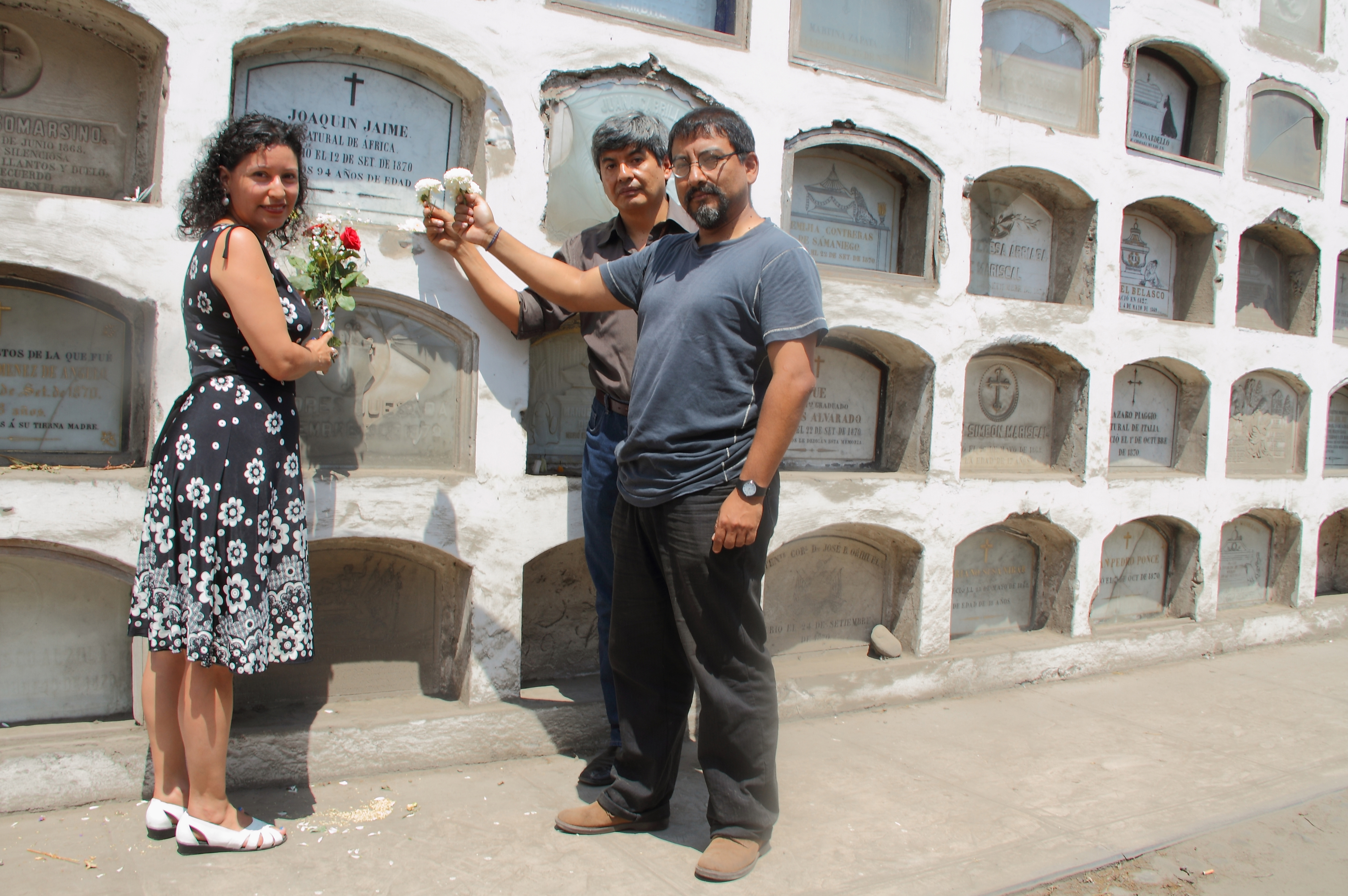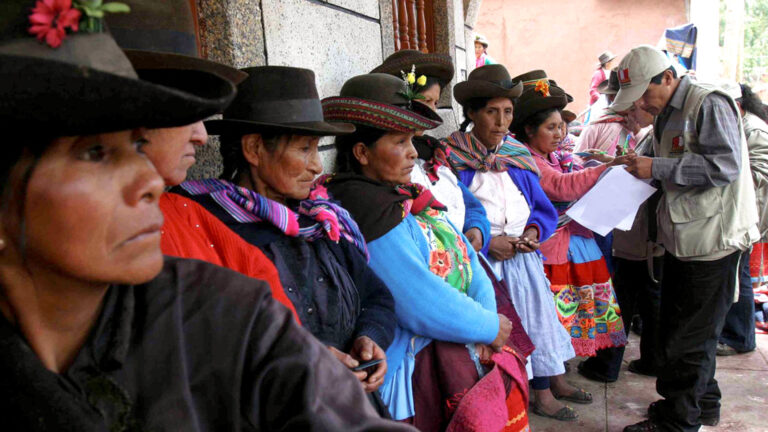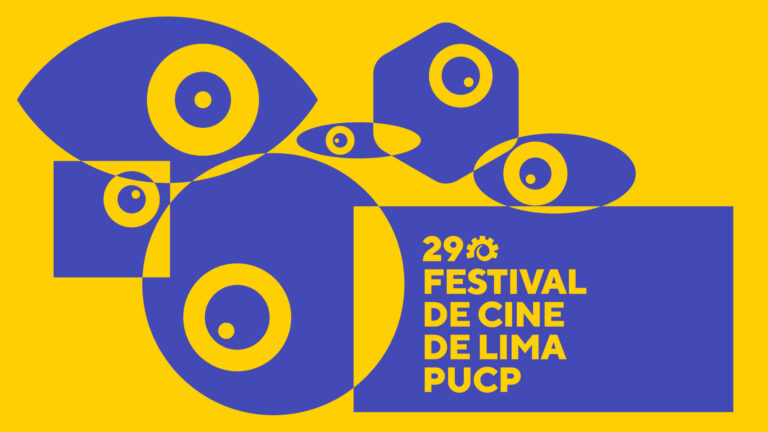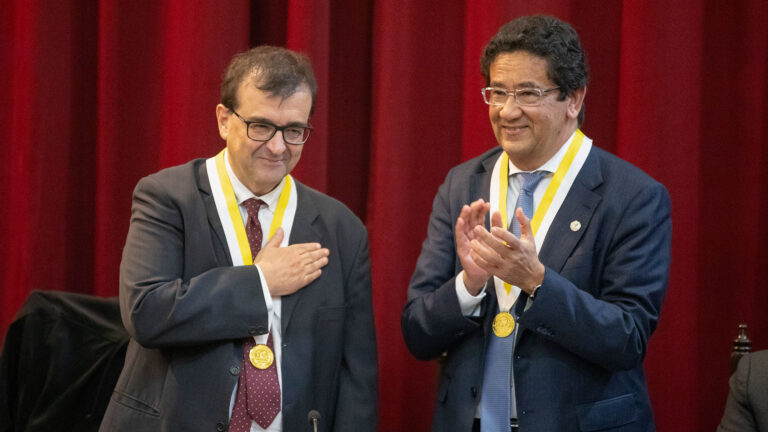Finding Joaquin

The discovery of the tomb of a former African slave who died in 1870 in the cemetery Presbítero Maestro could provide new hints about the living conditions of slaves during the nineteenth century in Lima. A team of specialists from PUCP is conducting research about his life.
Texto:
Diego GrimaldoFotografía:
Roberto Rojas
Among colonels, sergeants and national independence heroes. The tomb of Joaquin Jayme, “native of Africa” (as his epitaph appears), lies only a few feet away from the one of acknowledged poet José Santos Chocano, in the cemetery Presbítero Maestro. How many people have walked by without even notice it was there? How many did see it? Certainly, one can see without observing, or overlook without paying the same attention of sociologist Ricardo Caro, from PUCP, few months ago. Just with a click and a photograph shared in social media, the work started as Dr. Jesús Cosamalón, professor of the Department of Humanities at PUCP, pertinently checked the documentation. The tomb belonged to a former slave, and its discovery was an unprecedented finding for the Peruvian history.
“There are no other cases like this one, not even in all Latin America. The discovery of the grave of a former slave that shows his first and last name,” said Cosamalón about the importance of the finding. According to him, the corpse could provide valuable information about the living conditions of slaves in ancient Lima. Facts like the kind of work they did, the diseases they had and their daily diet could be accessible. Caro adds: “Suddenly, this Peruvian case turns up, and tells us that slaves were not marginal, that they actually had a liaison with the State through documentation. The best part is that it can continue telling us about them.”
His Story
Joaquín Jayme died in 1870, soon after the fall of Lima’s wall, when he was allegedly 94 years old (as his tombstone states). He was probably born in the late eighteenth century and brought to Peru in the early nineteenth century. According to Cosamalón, the first records that give any information about his life are the documents that he filled in order to marry Francisca Arteaga. In one of the documents that he processed to obtain the matrimonial license, dated March 24, 1828 in the church of San Lázaro, he stated that he was “black of Carabalí caste, widower from Juana Baeza, who died in this city a year and a half ago, and Mrs. Manuela Muñiz’s slave.” Other important facts about this character can be found in his daughter’s, Rosa Jayme, birth certificate. She was baptized as “black” on April 21, 1830. The document points out that she was a “legitimate daughter of Joaquín Jayme and Francisca Arteaga, both free.” Accordingly, the 1860 census of Lima, conducted six years after the abolition of slavery in Peru, listed Joaquín as a 70-year-old black from Africa, and that he was a widower, a loader, illiterate, and the only resident of room 118 in Trujillano Street, in San Lázaro. Nevertheless, he was not a widower at the time, since abandoned Francisca died on May 20, 1886, in 136 Las Cabezas Street (on the fourth block of Jirón Virú, Rímac).
An unusual fact, according to the documentation that Cosamalón revised, is that Joaquín had a very expensive burial for the time. He was buried in a “perpetual niche” on the city’s mausoleum, the Presbítero Maestro. More precisely, in the San Vicente de Paúl quarter, section C, number 44. In a time when the common niche was between 1 and 16 Peruvian pounds, Jayme’s burial cost 96 pounds, and Mr. Francisco de P. García, of whom not much information exists, paid 80 of them. Jayme’s ex-wife and daughter, who died in 1908, had a very different fate.
Our Days
Soon after the discovery of the tomb, the researchers contacted M.A. Maribel Arrelucea, professor at the Universidad de Lima, who specializes in Afro Peruvian history. “For the first time in Peru, we have found the remains of an individual who was a slave and then freed,” she says. “We have usually reconstructed the lives of slaves based on material remains and, especially, on punishment and control instruments, but there are very limited objects that slaves made themselves, and even less human remains. From the latter, we could know the living conditions of a slave. I was very excited with this finding because of my relationship with Afro-Descendant groups. This is significant not only in anthropological or historical terms, but for identity reaffirmation,” she says.
Caro, Cosamalón and Arrelucea agree that Joaquín Jayme’s case is unique because he lived in a Colonial and a Republican society, which allowed him to be a witness of the Independence and the construction of the Republic. “This has to do with a lost memory that used to be reconstructed based on remains and now has a proper name. The person who puts the tombstone there wanted to tell us a story. He wrote “native of Africa” on it because he wanted to stress where he came from. “Now, our challenge is to find what gave rise to it,” Caro said. According to the specialists, Joaquín’s life is representative because it could serve as an example of the thousands of Africans that came to Peru in similar conditions, and that have anonymously contributed to our national identities.
Did you know that…
– The General Cemetery of Lima opened in 1808. It was named after his designer, father Matías Maestro.
– In 1847, during President Castilla’s administration, the construction of the mausoleums was approved.
– The cemetery was appointed as Museum Cemetery Presbítero Maestro on June 9, 1999.
The fact:
It is believed that the correct way to spell Joaquín’s last name was “Jayme” and not “Jaime,” as it is written in his tombstone and in some other documents. The mistake was common because the letters “y” and “i” were usually not differentiated.
Leer en español.
Translation: Rosario Yori.



Deja un comentario
Danielreump
Excellent news for all us